If you are planning a trip to South America, you may wonder: What language do they speak in Peru? Peru is a country of breathtaking landscapes, from the misty peaks of Machu Picchu to the deep blue waters of Lake Titicaca. It is a place where ancient history and modern life meet every day. The food is world famous, the markets are full of color, and the music has a rhythm that pulls you in. Yet behind all these sights and sounds, language quietly ties everything together. Knowing what people speak helps travellers connect with locals, understand traditions, and feel more at home.
When What Do They first started exploring this topic, it realized that language in Peru is more than just a tool for asking for directions or ordering food. It reflects a mix of cultures shaped by centuries of change. Just like visitors who wonder what language do they speak in Iceland or Singapore, travelers to Peru quickly see that words tell a story of identity. In this blog, we will share everything our team discovered about the main language of Peru, the Indigenous languages still spoken today, and how each word carries a piece of the country’s heart. Whether you are planning a hike in the Andes, a walk through Lima’s busy streets, or a trip deep into the Amazon, understanding what language do they speak in Peru will make your journey more meaningful and memorable.
The Main Language of Peru: Spanish
The main answer to what language do they speak in Peru is Spanish. Spanish is the official language and is spoken by the majority of the population. Around 80% of Peruvians use Spanish in their daily lives for school, government, business, and media. Spanish arrived in Peru during the 16th century when Spanish explorers colonized the region. Over time, it became the main language of communication, though it carries a special Peruvian flavor.
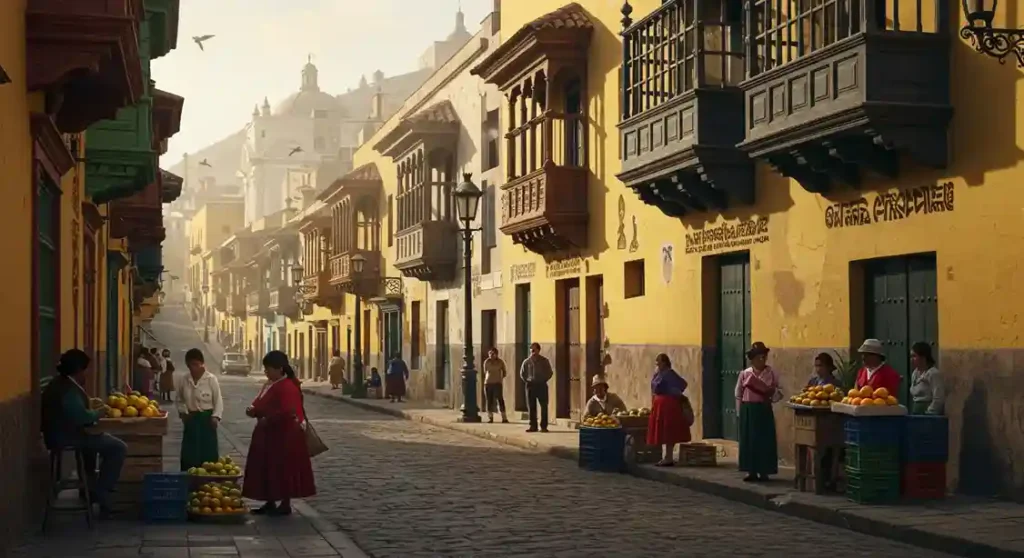
Peruvian Spanish has its own accent and vocabulary. For example, words and expressions may differ slightly between Lima and the Andean highlands. I noticed that even simple greetings like Buenos días (good morning) or Gracias (thank you) can sound softer and warmer compared to the Spanish spoken in Spain or Mexico. Learning a few basic Spanish phrases before your trip can help you order food, ask for directions, and connect with locals in a friendly way.
Indigenous Languages: Quechua, Aymara, and More
While Spanish is the main language, Peru is also home to many Indigenous languages that hold deep cultural importance. The most widely spoken Indigenous language is Quechua, once the language of the Inca Empire. Today, it is spoken by millions of people, especially in the Andes regions near Cusco and Puno. Walking through traditional markets or visiting small mountain villages, you might hear Quechua greetings such as Allin p’unchay (good day).
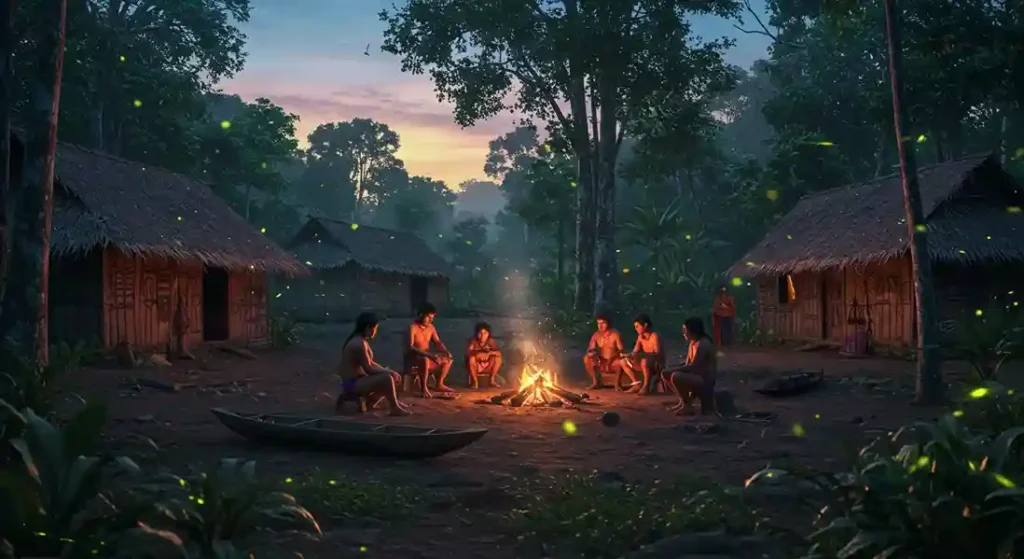
Another important language is Aymara, spoken around Lake Titicaca and in parts of southern Peru. These languages are not only used in daily life but are also taught in some schools to help preserve Peru’s heritage. In total, Peru recognizes over 40 Indigenous languages, especially in the Amazon rainforest, where small communities keep their native languages alive.
Hearing these languages reminds me how diverse Peru really is. Each word carries centuries of tradition, music, and storytelling. For travelers, it’s a chance to experience a living connection to the country’s past.
English in Peru: Helpful but Not Everywhere
If you only speak English, you can still travel in Peru, but it is helpful to learn a few Spanish words. In big cities like Lima, Cusco, and Arequipa, you will find many people in hotels, restaurants, and tourist areas who understand English. Tour guides at Machu Picchu or the Sacred Valley often speak English fluently. However, in smaller towns, rural villages, or local markets, English is less common.
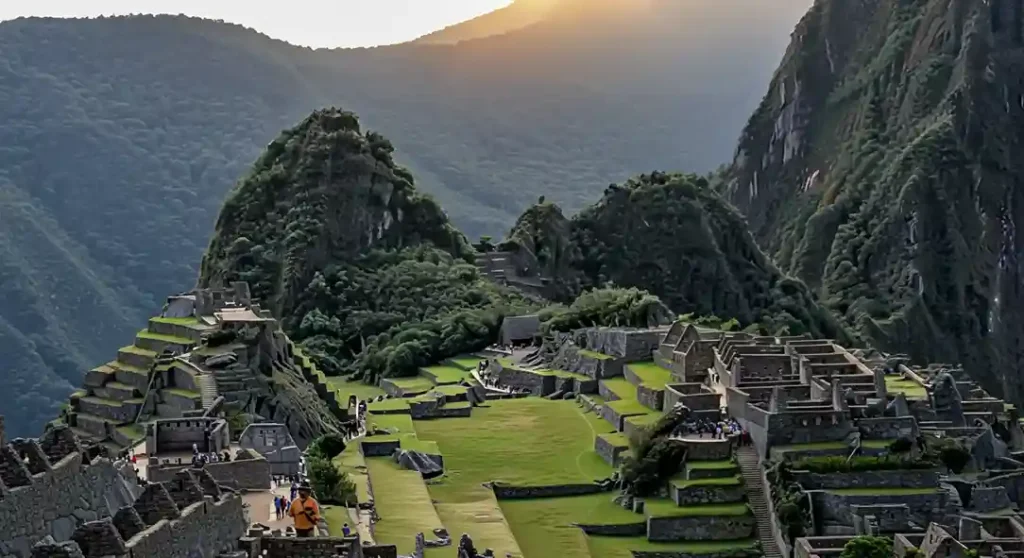
From my own experience and research, speaking even basic Spanish—like Por favor (please) or Dónde está (where is…)—makes travel smoother and friendlier. Peruvians often smile and appreciate when visitors make an effort, even if the pronunciation is not perfect.
Regional Differences in Language
When you explore different parts of Peru, you may notice how language shifts from place to place.
- In the coastal regions, Spanish is dominant and spoken with a clear, coastal accent.
- In the Andes, you will often hear Spanish mixed with Quechua words and phrases.
- In the Amazon rainforest, Indigenous languages like Asháninka or Shipibo can be heard in remote communities.
These regional variations show how Peru’s history and geography shape the way people communicate. It feels like every valley and mountain has its own story told through language.
Why Language Matters in Peru
Understanding what language they speak in Peru is more than just a travel tip.
Language is a window into the country’s heart. Spanish connects you to the lively cities and markets, while Indigenous languages connect you to ancient traditions and wisdom. Whether it’s a Quechua song in the mountains or a friendly “hola” in a Lima café, each word is part of Peru’s identity.
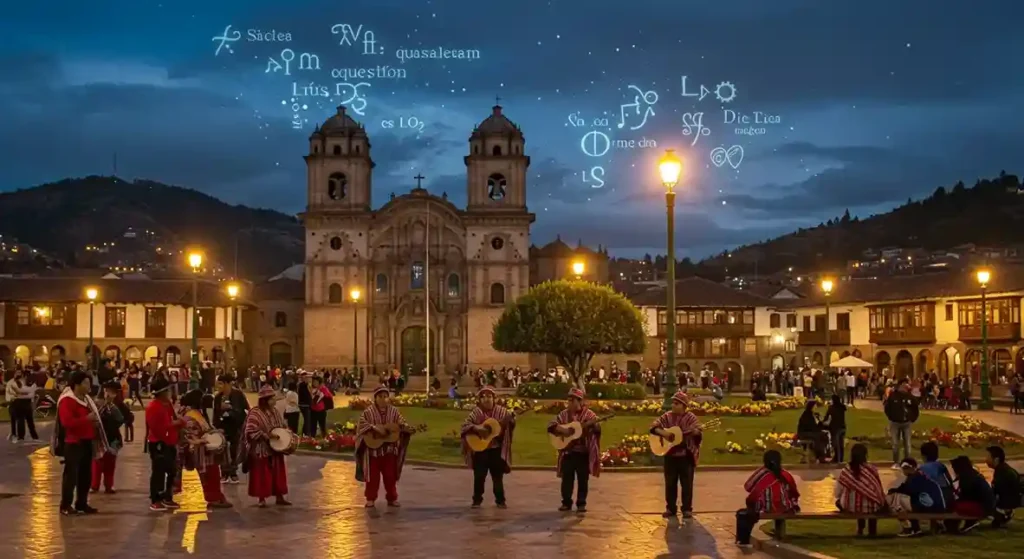
I find it inspiring that Peru protects its Indigenous languages while also embracing Spanish as a common bridge. It shows how cultures can blend while keeping their roots strong.
Tips for Visitors Who Speak Only English
Traveling in Peru is easier if you prepare a little. Here are some simple tips:
- Learn basic Spanish phrases: Words like Hola (hello), Gracias (thank you), and Cuánto cuesta (how much) help in daily situations.
- Use a translation app: It can help with menus or signs, especially in rural areas.
- Listen and observe: Even if you don’t understand Quechua or Aymara, listening respectfully shows appreciation.
- Stay curious: Ask locals about the meaning of words. Many enjoy sharing their culture.
These small efforts open doors to deeper conversations and warmer connections.
A Language Mosaic
After exploring this topic, the answer to what language do they speak in Peru becomes clear yet beautifully layered. Spanish is the main language, Quechua and Aymara keep ancient traditions alive, and English helps travelers connect. Together, these languages create a rich mosaic that reflects Peru’s history and diversity.
When I imagine walking through a Cusco market or standing among the ruins of Machu Picchu, I picture people switching between Spanish and Quechua, blending the old and the new. Language here is not just about words, it is a living story of a country proud of its roots.
FAQs About What Language They Speak in Peru
1. What language do they speak in Peru?
The main language spoken in Peru is Spanish, used in schools, government, and daily communication.
2. Do people in Peru speak English?
Yes, but mainly in tourist areas like Lima, Cusco, and Machu Picchu. English is less common in rural villages and local markets.
3. What Indigenous languages are spoken in Peru?
The most common Indigenous languages are Quechua and Aymara. Peru also recognizes over 40 other native languages, especially in the Amazon.
4. Is Peruvian Spanish different from other Spanish dialects?
Yes. Peruvian Spanish has a clear accent and includes words and expressions unique to the country.
5. Can travelers visit Peru without knowing Spanish?
Yes, but learning basic Spanish phrases will make travel easier and help you connect with locals.
Climax to What Language Do They Speak in Peru
Peru is far more than a beautiful destination, it is a living museum of language and culture. After learning about what language do they speak in Peru, it is clear that the country is built on layers of history that still speak through its words. Spanish is the bridge that connects cities, markets, and schools, while Indigenous languages like Quechua and Aymara keep the voice of the Inca alive. Together, these languages create a living story that visitors can feel in every greeting, every song, and every shared meal.
For travelers, understanding even a few Spanish phrases or learning a Quechua word for hello is more than a gesture, it is a sign of respect. It opens doors to friendship and gives a deeper sense of what makes Peru unique. When I imagine standing among the stone walls of Machu Picchu, listening to guides explain its history in both Spanish and English, I realize how language connects past and present in a way no photograph can capture.
So, when someone asks you what language do they speak in Peru, you can confidently answer that Spanish is the main language, but that Quechua, Aymara, and many Amazonian languages still thrive. More importantly, you can tell them that Peru’s languages are not just words—they are the heartbeats of its people, echoing through mountains, rivers, and bustling city streets. Learning even a single word of greeting before you visit can turn a simple trip into a true cultural exchange, where every conversation becomes a small but meaningful adventure.

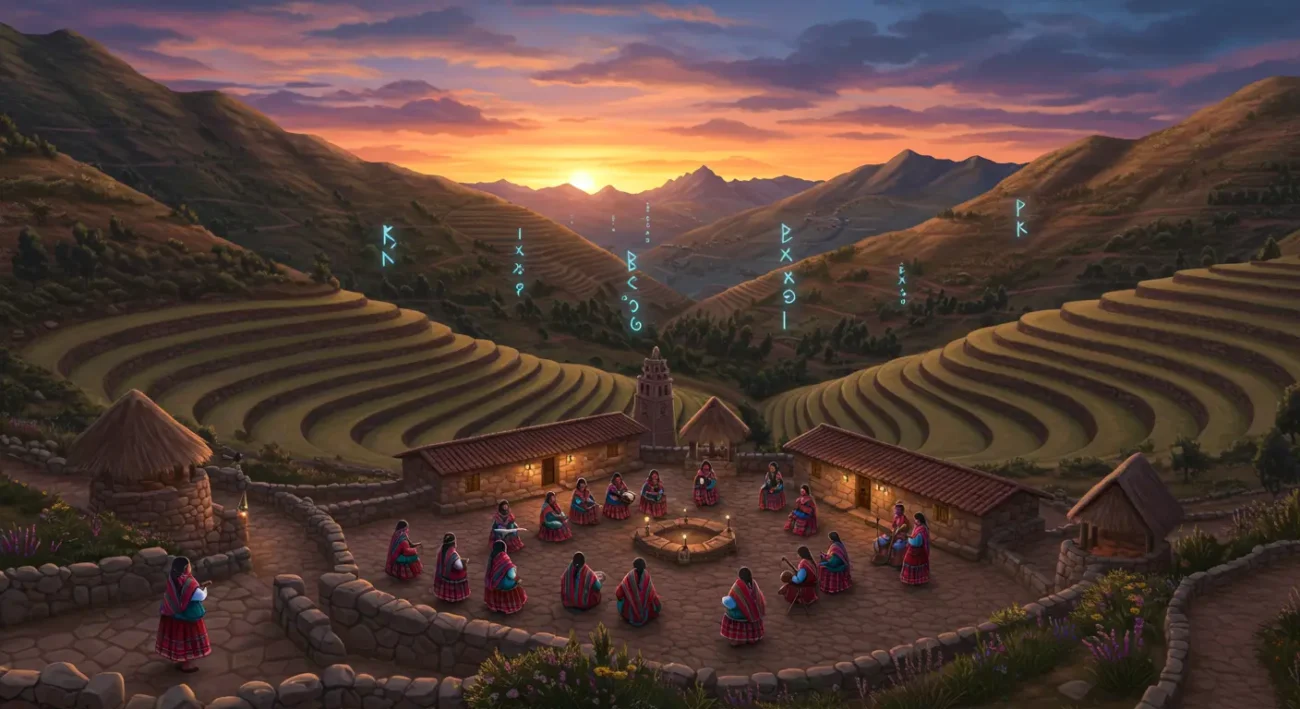

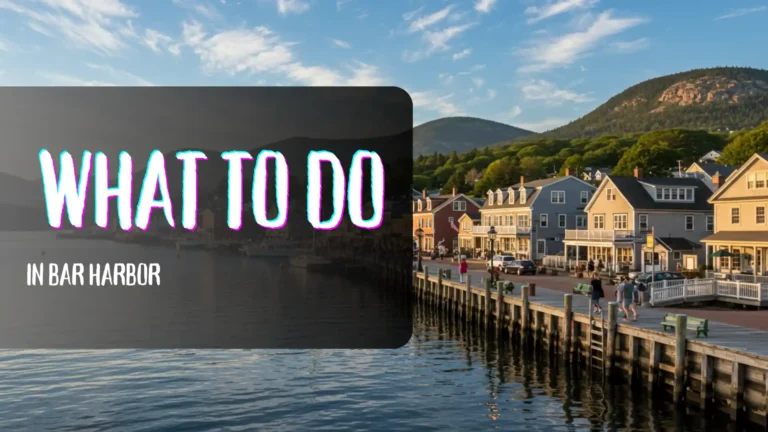

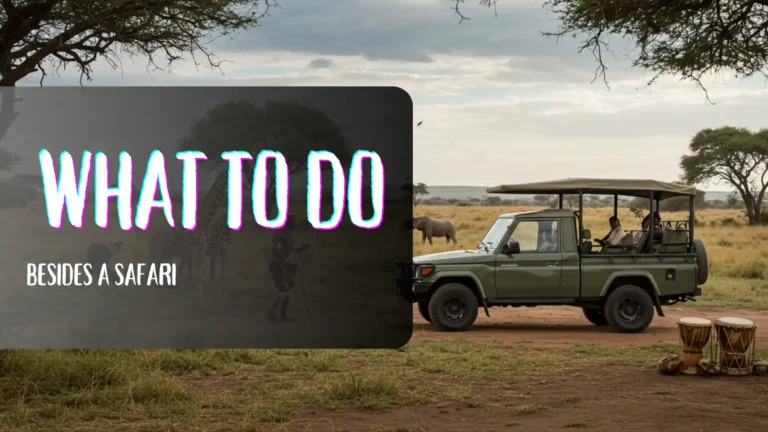
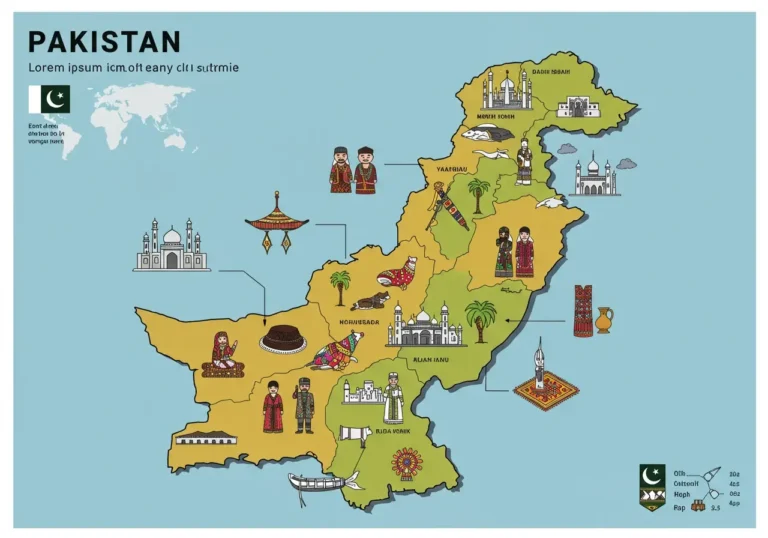

Leave a Comment